Albert Bichot Mr. NO Sulphites Beaujolais Villages 2020
On request to the growing demand among consumers, they also show their first wine without added sulphites, Mr NO Sulfite Beaujolais-Villages Nature. The wine has performed excellently at all tastings and stands out for its character and personality. This impressive Gamay is ready for adventures at the table with you! If you serve it slightly chilled you can offer it as an aperitif with cold starters - bruschetta, quiche or cold pie.
The wine is an intense ruby colour, with blueberry aromas for a fruity palate that is all subtle, backed by silky tannins. This gorgeous wine is suitable for all seasons.
Profile
-
Fruit
-
Body
-
Dryness
-
Tanins
-
Freshness
Variety
Flavours
-

-

-

Glass

Serving Temperature

Food pairing
-

-

-

Maturity
Ready, but will improveYou may like these...
More of the same producer
More about this product
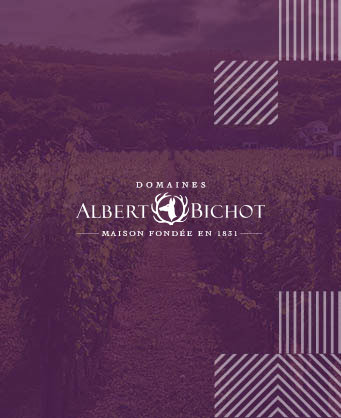
Albert Bichot
The first traces of the Bichot family date from 1214, and in Burgundy they settled in 1350 - in Chateauneuf-en-Auxois. Since then, the coat of arms of the family has not changed, nor has its symbol - a doe. In 1831, Bernard Bichot founded a wine business in his name in Monthélie. His son Hippolyte inherited it and bought the first vineyards in Volney, already convinced that upstream control was essential. His son, Albert Bichot, the first to bear this name, gave a new impetus to the family business in the late 19th century, settling in central Beaune in 1912. The second Albert Bichot, born in 1900, was a pioneer in international trade - he traveled constantly to present wines - around North America, Asia, Oceania ... In the second half of the 20th century, his four sons, Albert, Bernard, Bénigne and Jean-Marc, succeeded him and a new era of expansion began with the construction of a large winery. In the early 90's, the company was joined by Alberic Bichot, taking over its management in 1996. Alberic follows the family traditions, but with a view to the future - he sets the beginning of organic cultivation of vineyards in Côte d'Or, adapts production to new markets etc. Today, the company owns a total of 6 mansions with vineyards that cover Burgundy from north to south.
All wines of the same producer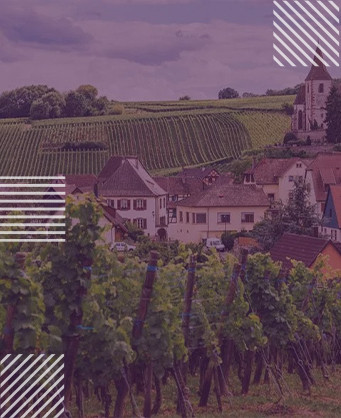
Burgundy
In this area, red wines are produced from one variety - Pinot Noir, but the wines actually vary in quality from light and ordinary to rich, complex and truly majestic. Burgundy is famous for its small vineyards and it is generally believed that the smaller the area of the vineyard, the better the wine. The best Burgundy wines come from Côte d'Or, a strip of only 30 miles, divided in the center into 2 separate parts; Côte de Nuit to the north and Côte de Beaune to the south. The fame of Cotê de Nuits is in the red wines - 95% of Pinot Noir grapes are produced here. Of course, here are some of the best, able to age, the most exotic and expensive wines. The Côte de Beaune produces approximately 38% white wine, 60% red wine and 2% sparkling wine. The white wine variety is exclusively Chardonnay, and the quality varies from the best, Montrachets and Corton Charlemagnes, Meursault, Puligny and Chassagne to the more ordinary Macon Blanc. The former are traditionally aged in small oak barrels, while Macon wines are usually lighter in character and have a good value for money. The red wines from Beaune do not have the fame of their "brothers" from Côte de Nuit, with exceptions here are those who come from Pomard, Corton and Volney. In general, they are lighter in style, but depending on the harvest they can show potential that successfully competes with the Côte de Nuits and beyond.
More wines of this region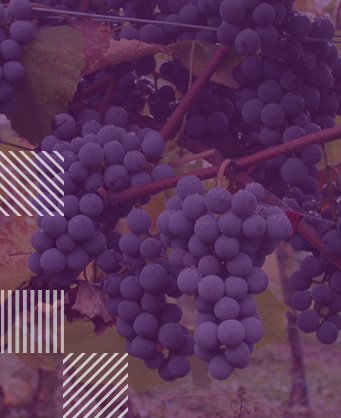
Gamay Noir
Gamay (Gamay Noir à Jus Blanc in its entirety) is a red grape variety best known for the production of light, young and fruity red wines from Beaujolais, where it probably came from Germany in the 14th century, after Burgundy's inhospitable attitude towards it. . Gamay is characterized by the aromas of red cherries and strawberries, and when the method of carbon maceration is used in the vinification, nuances of bakeed cakes and banana come to the fore. This technique is most often used for the production of Beaujolais Nouveau - a young wine, presented worldwide at the same time always on the third Thursday in November. This light, translucent wine was generally intended for vineyard workers, but in the 1970s and 1980s it caught the attention of marketers and wine merchants, who quickly made it a worldwide sensation. The question remains whether this does not contribute to the region's diminished reputation rather than to its promotion. Abstracting from Beaujolais Nouveau, Gamay is actually able to produce deep and complex wines with the potential to mature. This is the reason for the return he has been enjoying lately. Beaujolais appeallation has 10 villages (cru), the most famous of which are Moulin-à-Vent, Fleurie and Morgon. Wines are traditionally vinified, often aged in oak barrels and the best specimens have the potential to age up to 10 years. Gamay is also found in the Loire Valley, where it is mainly used to make rosè wines under the names of Anjou and Saumur, but is sometimes blended with Pinot Noir.
More wines of the same variety
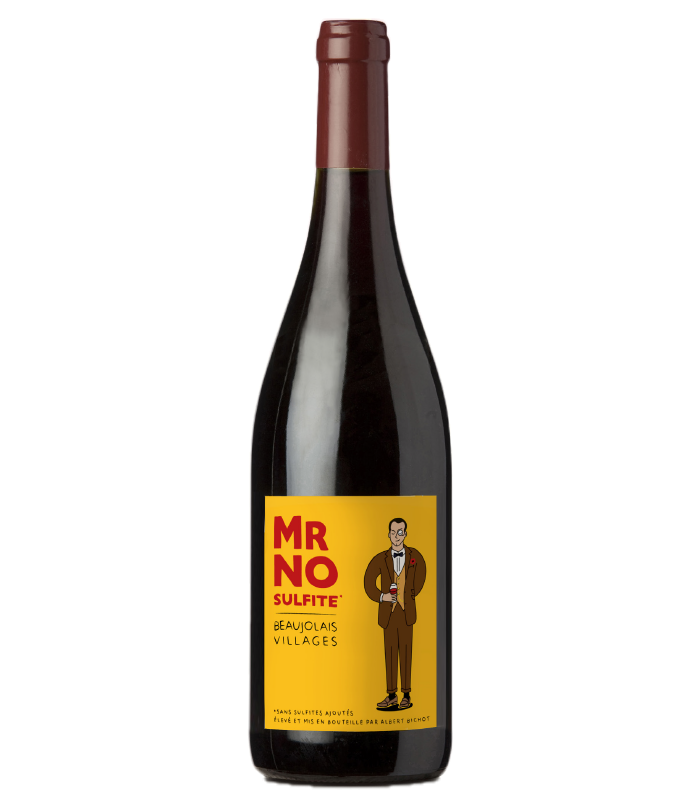


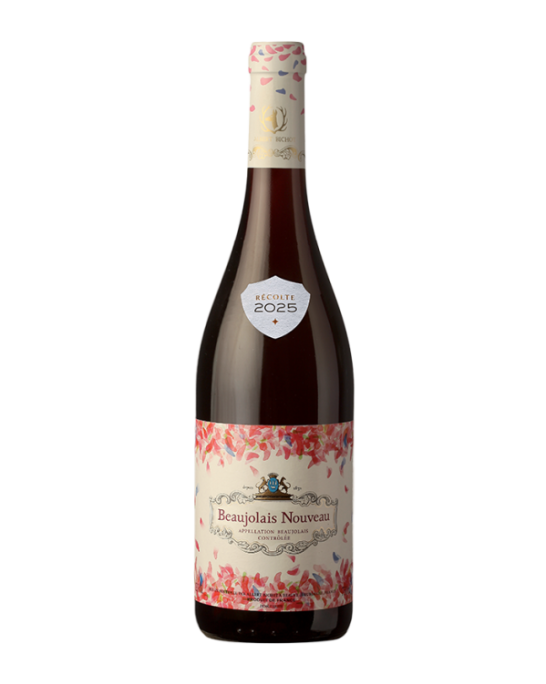
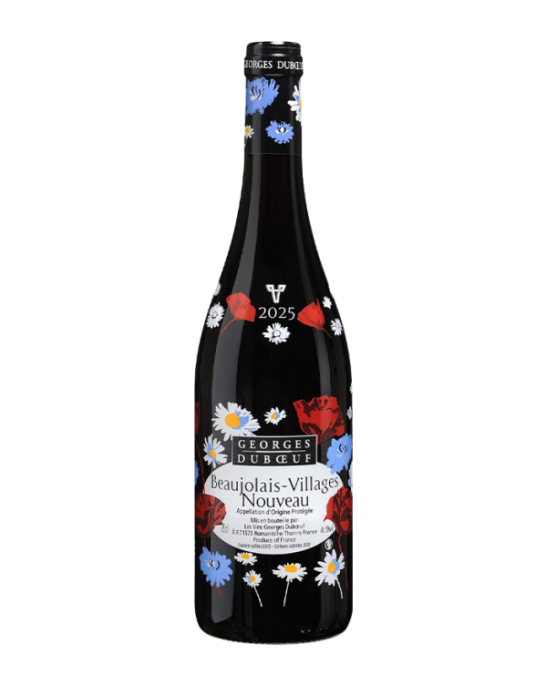
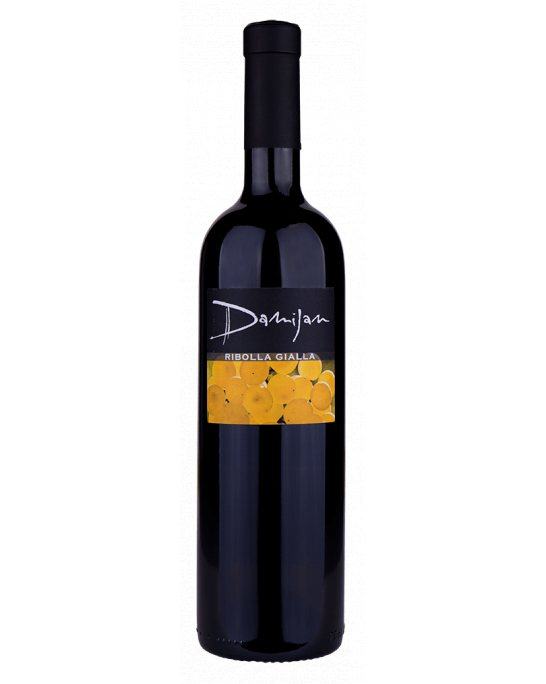
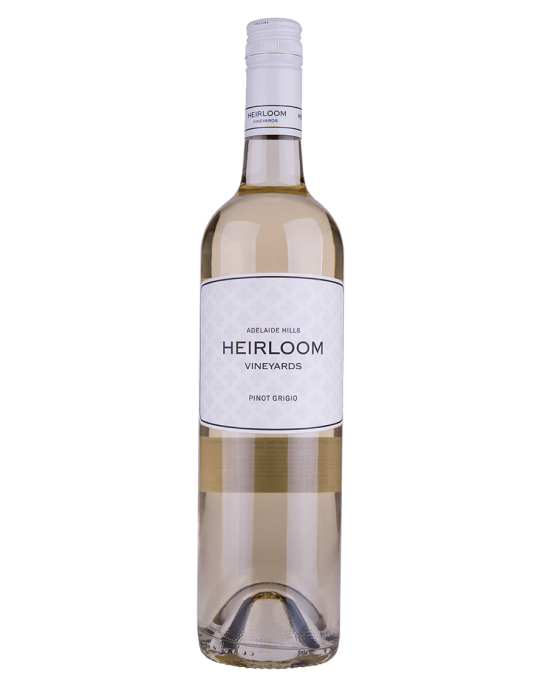
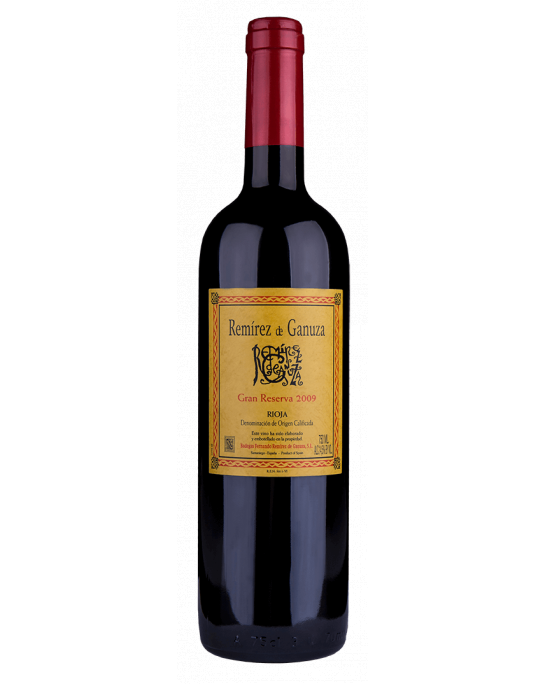
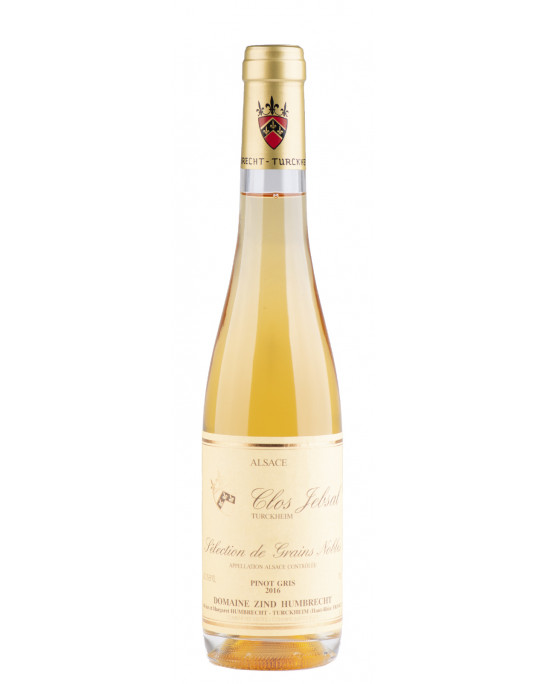
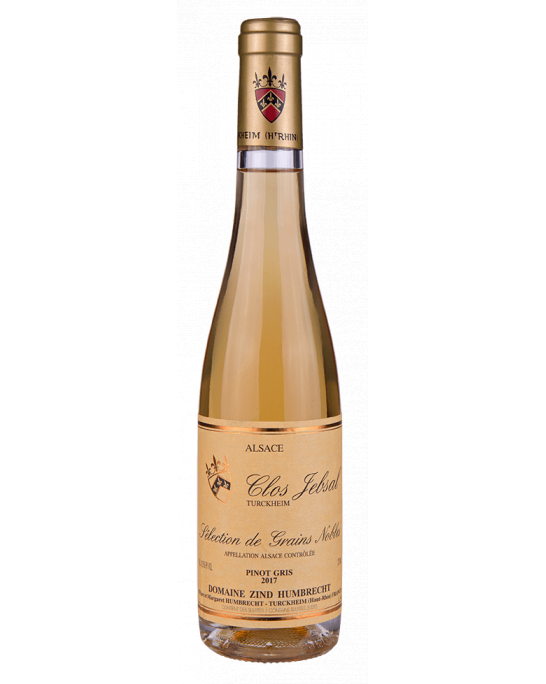
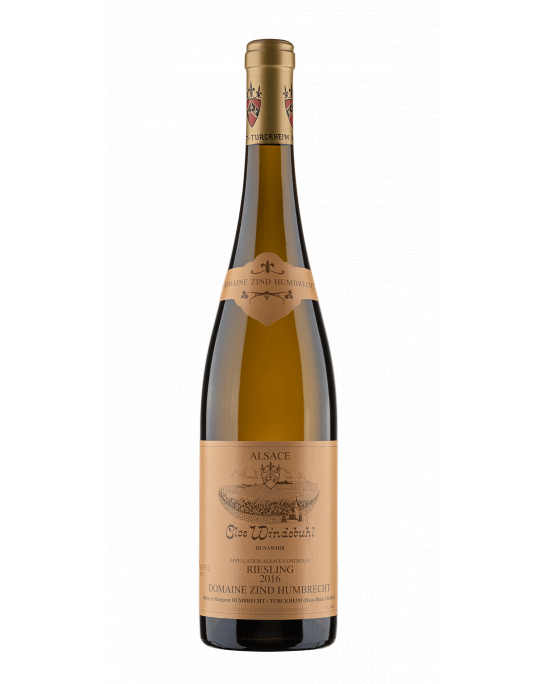
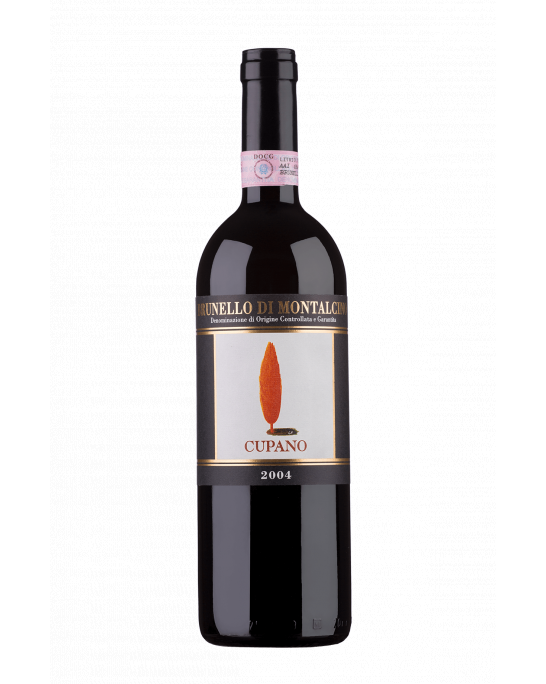
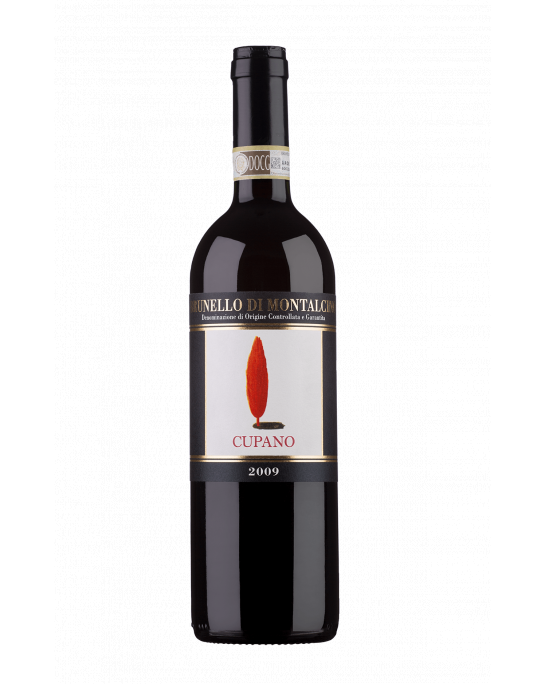
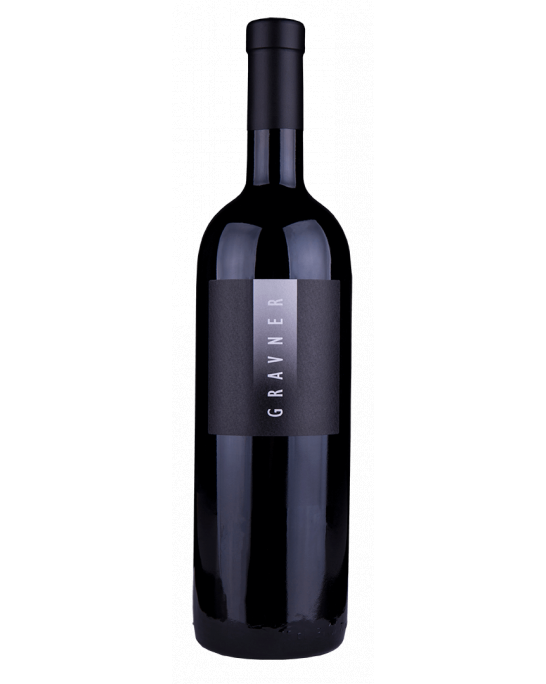
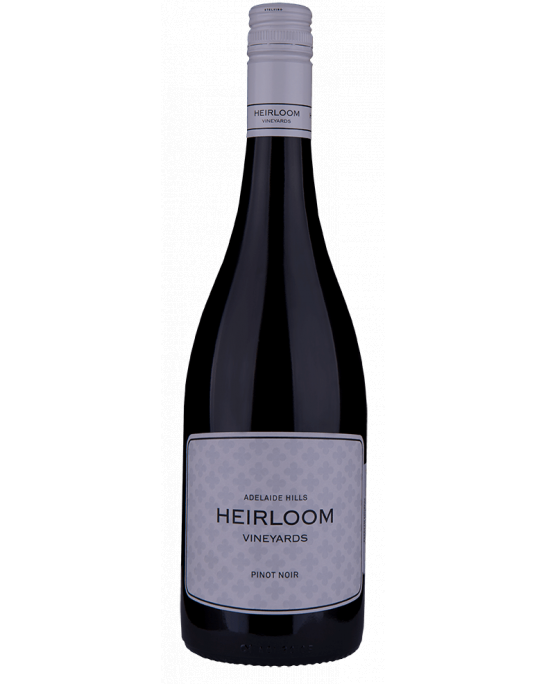
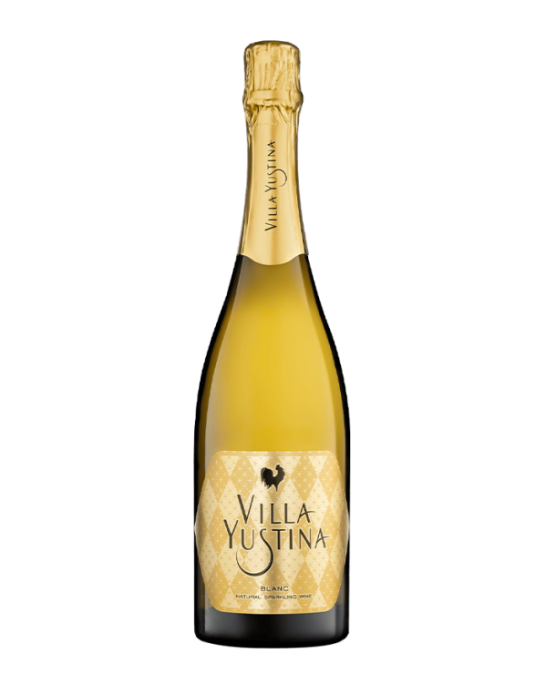
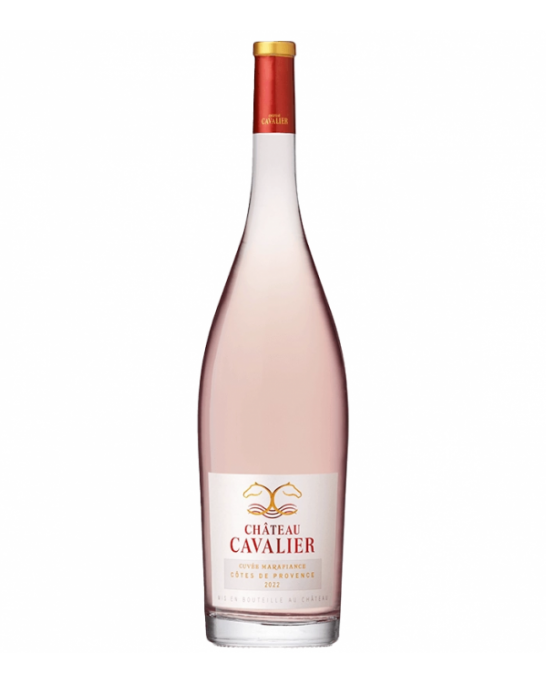
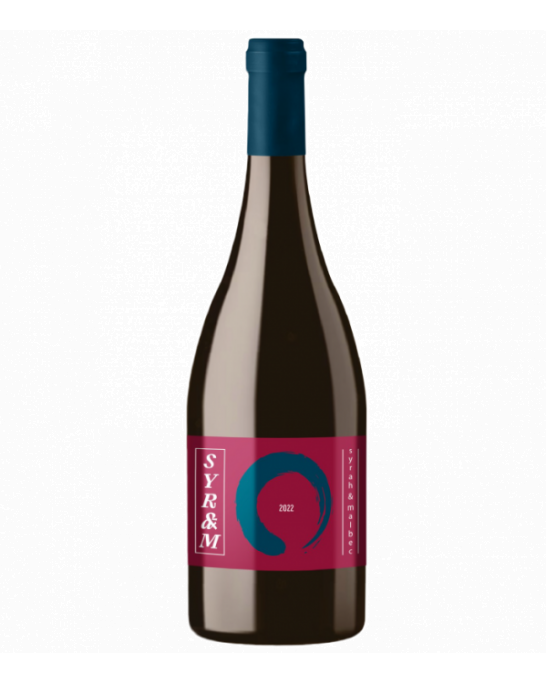
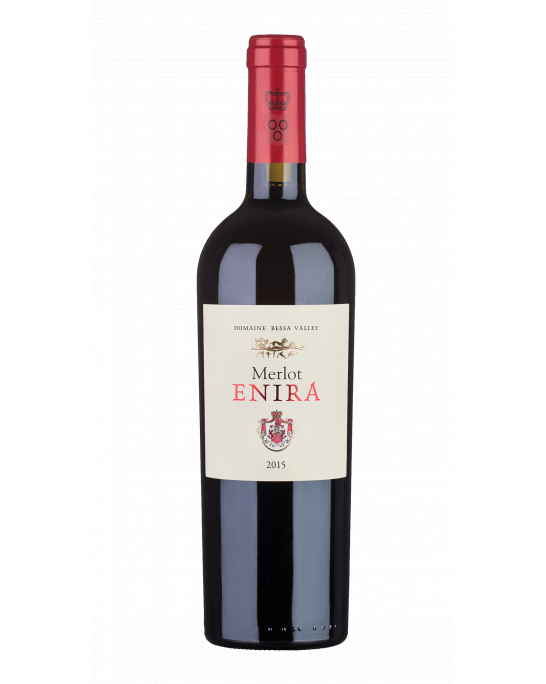
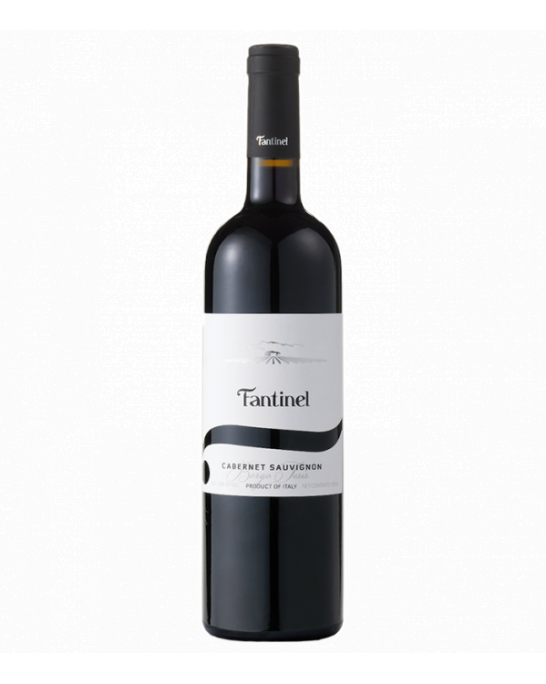
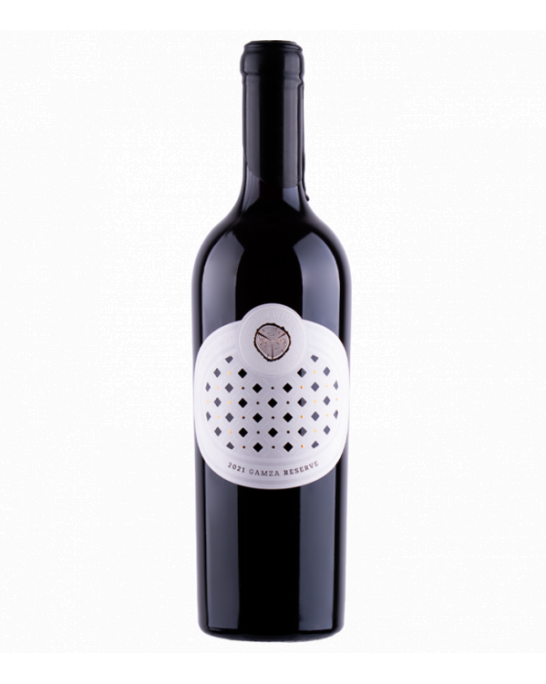
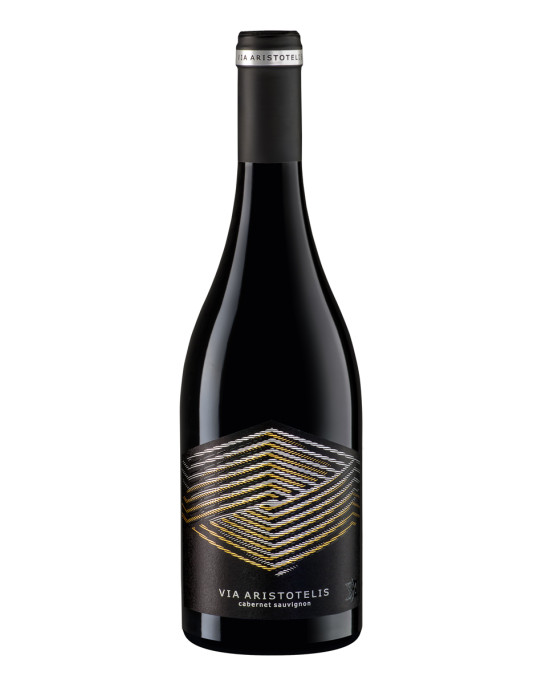
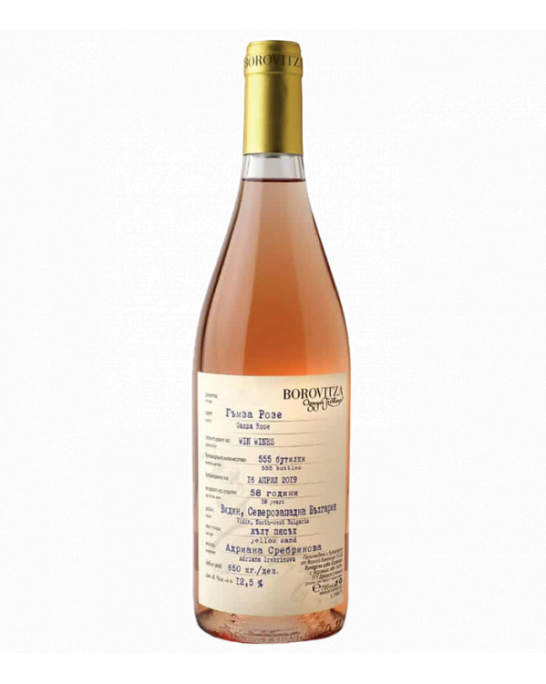
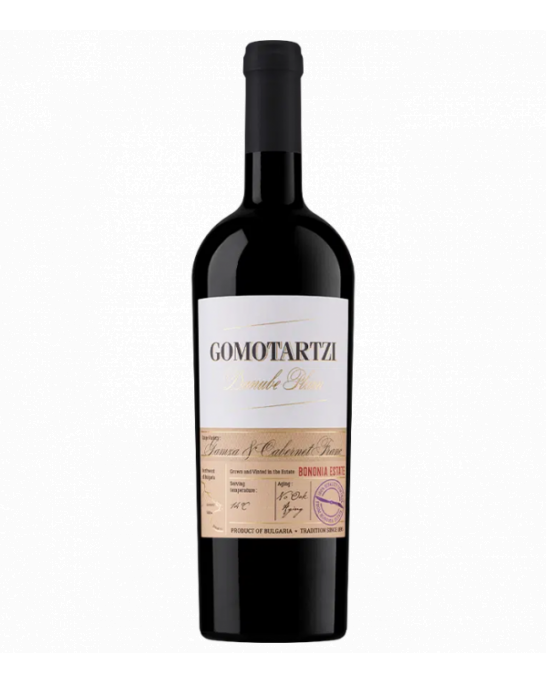
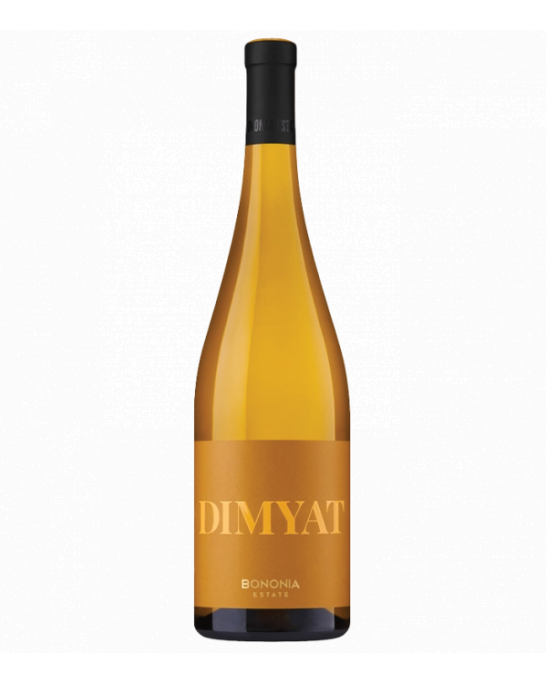
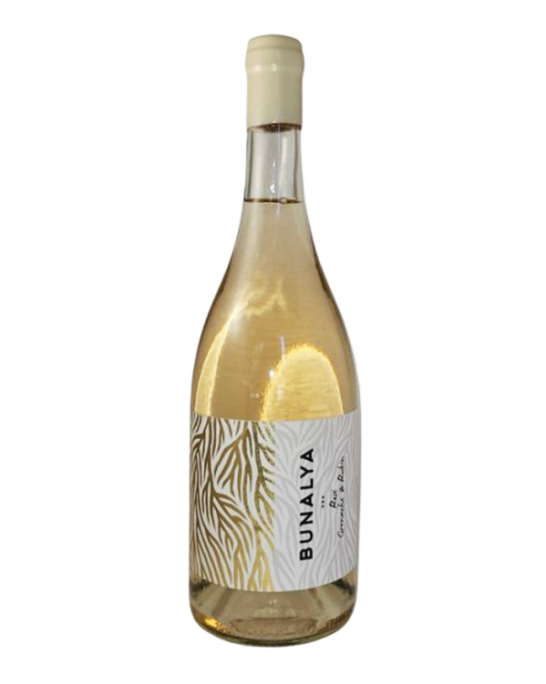

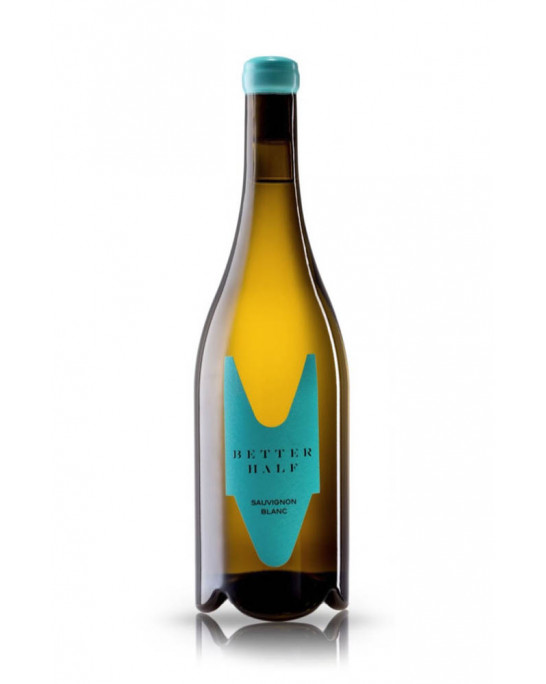
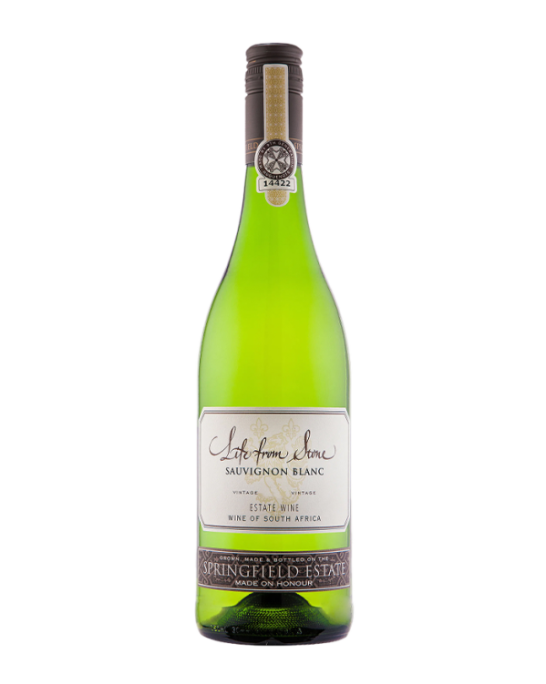
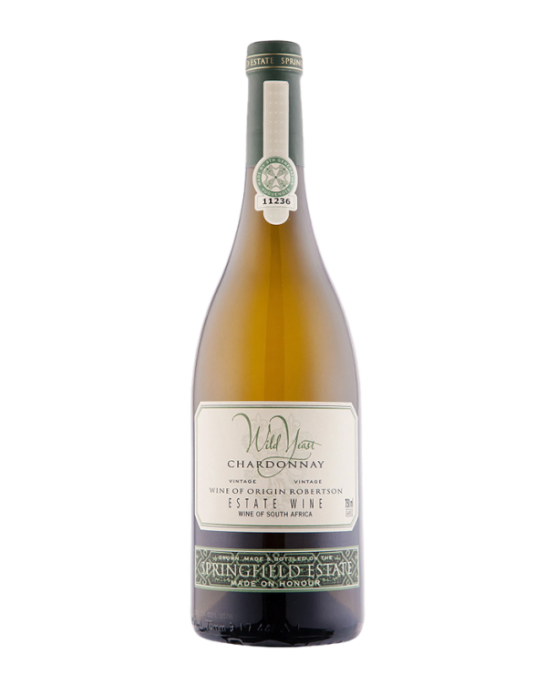
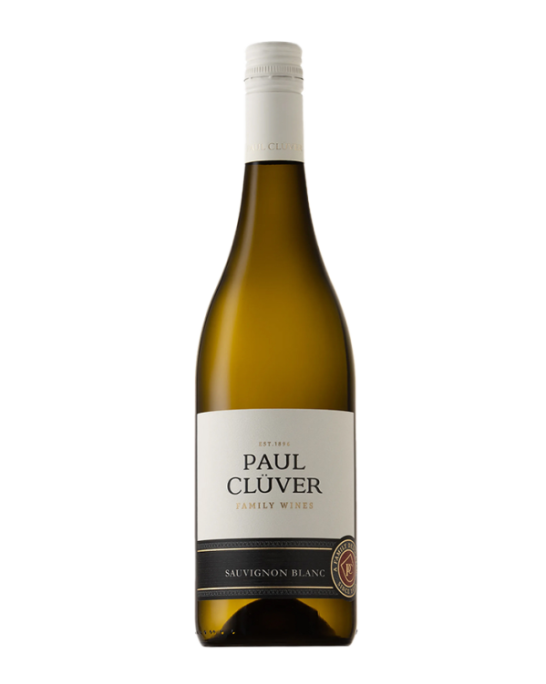
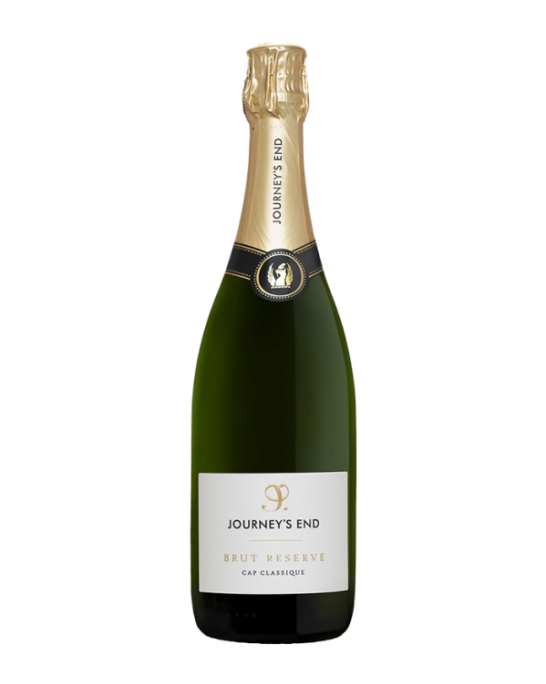
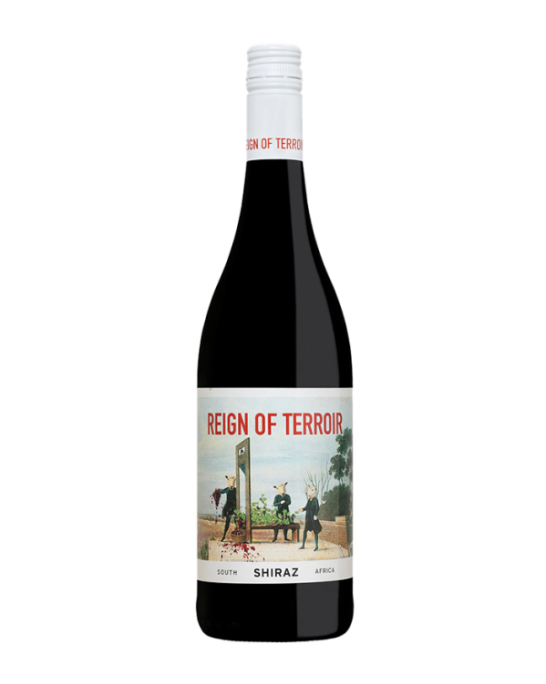
Customer reviews
No reviews available
Be the first to review